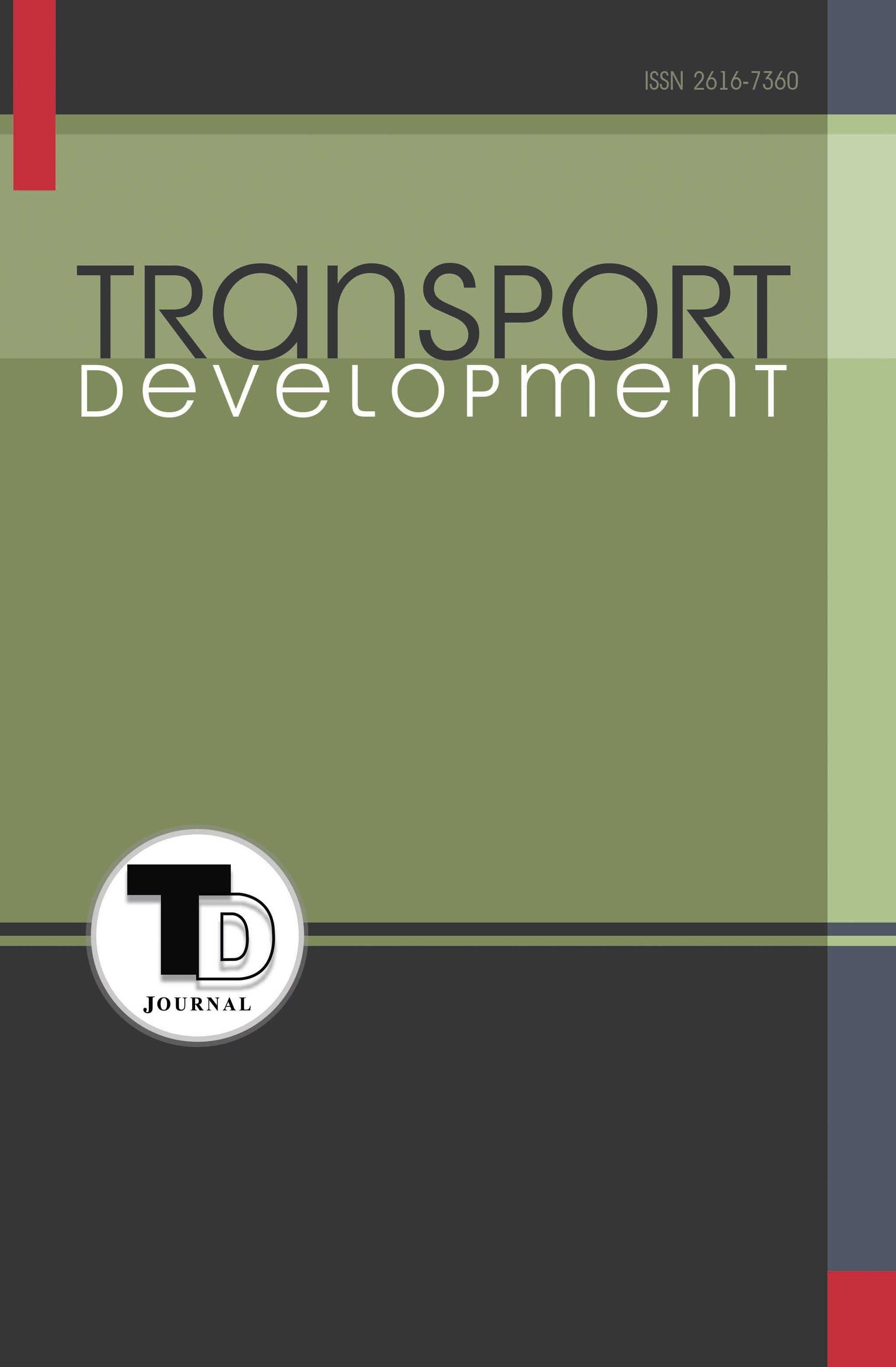INFLUENCE OF SPEED MODE ON TRAFFIC EFFICIENCY INDICATORS
Abstract
Introduction. The main task of the operation of road transport is to meet the needs of citizens and businesses in transportation while ensuring a sufficient level of process efficiency. At the same time, the greatest risks to human health and life, as well as current environmental problems, are related to road traffic. To the greatest extent, this duality is manifested when choosing a high-speed mode of movement. The desire to save travel time often leads to exceeding the established speed limit, which negatively affects road safety. Therefore, the study of the influence of the speed regime on the efficiency of the transport process is relevant. Goal. The purpose of this study was to analyze the influence of the speed regime on traffic efficiency indicators on typical road sections outside the city. The results. In order to realize the set goal, an analysis of the movement of a passenger car was carried out on two routes passing through sections of roads with different road conditions. On each route, the car moved in three speed limit modes, which were 90, 110 and 130 km/h. As a result of the GPS processing of car movement tracks, instantaneous speed distributions were analyzed and movement histograms were constructed in the "movement time – distance" and "distance – speed" coordinates. For each of the speed limit modes, the values of the average technical speed and connection time on the route were calculated, as well as indicators of the quality of traffic conditions, in particular, acceleration noise and energy gradient. Conclusions. As a result of conducting experimental studies, it was established that increasing the speed regime on a section of a two-lane road outside the city limits at the actual existing level of traffic congestion does not lead to an improvement in the efficiency of the transport process. For sections of roads with a dividing strip, when the speed regime is increased, a proportional increase in the average technical speed is observed, which allows us to expect an increase in the technical and operational indicators of the transport process. For both types of roads, increasing the speed regime leads to a decrease in traffic stability, which is expressed in an increase in acceleration noise and an energy gradient. This factor can negatively affect road traffic safety and lead to deterioration of the driver's working conditions.
Downloads
References
2. CN. Kloeden, G. Ponte, J. McLean. Travelling speed and risk of crash involvement on rural roads. Road safety research report (Australian Transport Safety Bureau). 2001. CR 204. ISBN: 0642255687
3. Finch D.J. Speed, speed limits and accidents. Crowthorne, Transport Research Laboratory. 1994. No 32. PR 58. ISSN: 0968-4093
4. W. Odero, P. Garner, A. Zwi. Road traffic injuries in developing countries: a comprehensive review of epidemiological studies. Tropical Medicine and Int. Health. 1997. Vol. 2. P. 445–460. Doi:10.1111/j.1365-3156.1997. tb00167.x
5. Chao Gao, Jinliang Xu, Xingli Jia, Yaping Dong, Han Ru. Influence of Large Vehicles on the Speed of Expressway Traffic Flow. Advances in Civil Engineering. 2020. Volume 4. Doi: 10.1155/2020/2454106
6. Richard Tay, Philip Champness, Barry Watson. Personality and speeding: Some policy implications. IATSS Research. 2003. Vol. 27, Issue 1, P. 68–74. Doi: 10.1016/S0386-1112(14)60060-1
7. B. N. Fildes, S. J. Lee. The speed review: road environment, behaviour, speed limits, enforcement and crashes. Tech. Rep., Federal Office of Road Safety, Department of Transport and Communications, Canberra, Australia. 1993, Report CR127.
8. Y. M. Lee, S. Y. Chong, K. Goonting, E. Sheppard. The effect of speed limit credibility on drivers’ speed choice. Transportation Research Part F: Traffic Psychology and Behaviour. 2017. Vol. 45. P. 43–53. Doi: 10.1016/j. trf.2016.11.011
9. Francesc Soriguera, Irene Martínez, Marcel Sala, Mónica Menéndez. Effects of low speed limits on freeway traffic flow. Transportation Research Part C: Emerging Technologies. 2017. Vol. 77. P. 257–274. Doi: 10.1016/j. trc.2017.01.024
10. Shigeru Morichi, Soichiro Masuda, Surya Raj Acharya, Naohiko Hibino. Cost benefit analysis of speed limit regulation for highways in Japan. Journal of the Eastern Asia Society for Transportation Studies. 2005. Vol. 6. P. 1008 – 1020. Doi: 10.11175/easts.6.1008
11. Kay Fitzpatrick, Brian Shamburger, Dan Fambro. Design Speed, Operating Speed, and Posted Speed Survey. Transportation Research Record: Journal of the Transportation Research Board. 2019. Volume: 1523, issue: 1. P. 55–60. Doi: 10.1177/0361198196152300107
12. Shuaian Wang. Efficiency and equity of speed limits in transportation networks. Transportation Research. Part C: Emerging Technologies. 2013. Volume: 32. P. 61–75. Doi:10.1016/j.trc.2013.04.003.
13. Рябушенко О.В., Наглюк І.С. Вплив обмеження швидкості на показники ефективності дорожнього руху в умовах великого міста. Сучасні технології в машинобудуванні та транспорті. Науковий журнал. 2017. №1(10). С. 97–101.





